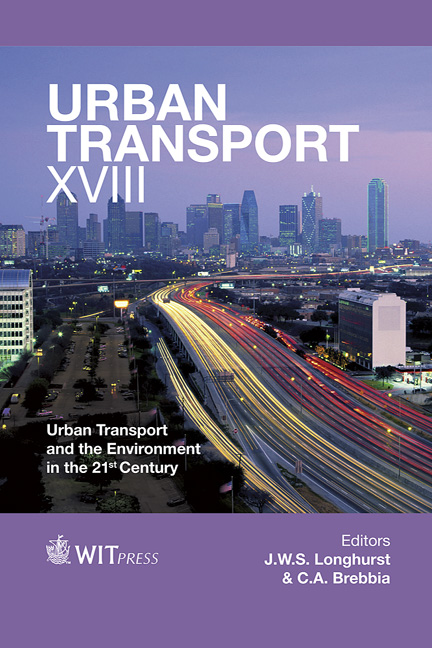A Design Framework For Measuring Transit Oriented Development
Price
Free (open access)
Transaction
Volume
128
Pages
12
Page Range
719 - 730
Published
2012
Size
411 kb
Paper DOI
10.2495/UT120611
Copyright
WIT Press
Author(s)
Y. J. Singh, M. H. P. Zuidgeest, J. Flacke & M. F. A. M. van Maarseveen
Abstract
Transit Oriented Development (TOD) has been a promising concept to establish land use and transport integration, thereby creating more sustainable communities. Literature suggests that the benefits of TOD are manifold but also different for each stakeholder. A literature survey furthermore reveals that there is no standard definition nor a generally accepted aim for TOD, which is not very surprising because of the different perspectives of stakeholders in the process of achieving TOD. In addition it has been found that different methods and various sets of indicators to evaluate and measure TOD have been proposed. Examination of a number of case studies shows that these methods have hardly been operationalised. To guide decision making for new transit oriented development(s) it is essential to have a framework and a tool to quantitatively measure current levels of TOD at a location and in an area. The tool also needs to be flexible and able to support participatory planning processes. This paper provides a literature survey on the TOD concept and its operationalisations and it presents a design framework for a tool that enables quantitative measurement of TOD. Keywords: transit oriented development, SMCA, SDSS, measuring TOD, TOD index. 1 Introduction Transit Oriented Development (TOD) relates to spatial planning for development around transit stations that is oriented towards the transit system. TOD as a planning tool is expected to integrate the land use and transport systems, and Earth Observation, The Netherlands
Keywords
transit oriented development, SMCA, SDSS, measuring TOD, TOD index.





